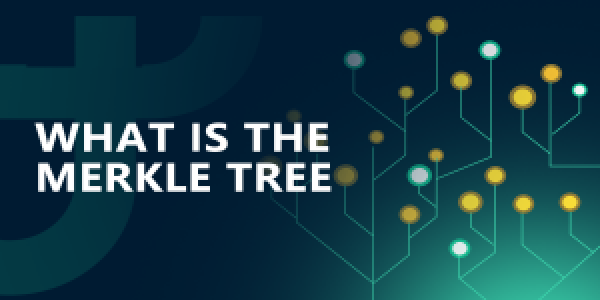
What is the merkle tree?
A Merkle tree (or hash tree) is a data structure used in cryptography and blockchain technology to efficiently verify and secure large amounts of data. It organizes data into a tree-like structure where each leaf node represents a hash of a data block, and each parent node is a hash of its child nodes, ultimately leading to a single Merkle root.
How a Merkle Tree Works
- Data Hashing: Each piece of data (e.g., transactions in a block) is hashed.
- Pairwise Hashing: Hashes are grouped in pairs and hashed again.
- Recursive Hashing: This process continues until a single hash (Merkle root) is reached.
Benefits of Merkle Trees
- Efficient Data Verification: You can verify data without storing the entire dataset.
- Security: Changing even a single data entry alters the entire tree structure.
- Scalability: Useful for handling large sets of transactions in blockchains.
Use Cases in Blockchain
- Bitcoin & Ethereum: Used to structure transaction data in blocks.
- Proof of Inclusion: Allows light clients to verify transactions efficiently.
- Airdrops & Whitelists: Merkle trees are used for verifying eligible addresses without revealing the full list.
Share This Post
A Merkle tree (or hash tree) is a data structure used in cryptography and blockchain technology to efficiently verify and secure large amounts of data. It organizes data into a tree-like structure where each leaf node represents a hash of a data block, and each parent node is a hash of its child nodes, ultimately leading to a single Merkle root.
How a Merkle Tree Works
- Data Hashing: Each piece of data (e.g., transactions in a block) is hashed.
- Pairwise Hashing: Hashes are grouped in pairs and hashed again.
- Recursive Hashing: This process continues until a single hash (Merkle root) is reached.
Benefits of Merkle Trees
- Efficient Data Verification: You can verify data without storing the entire dataset.
- Security: Changing even a single data entry alters the entire tree structure.
- Scalability: Useful for handling large sets of transactions in blockchains.
Use Cases in Blockchain
- Bitcoin & Ethereum: Used to structure transaction data in blocks.
- Proof of Inclusion: Allows light clients to verify transactions efficiently.
- Airdrops & Whitelists: Merkle trees are used for verifying eligible addresses without revealing the full list.